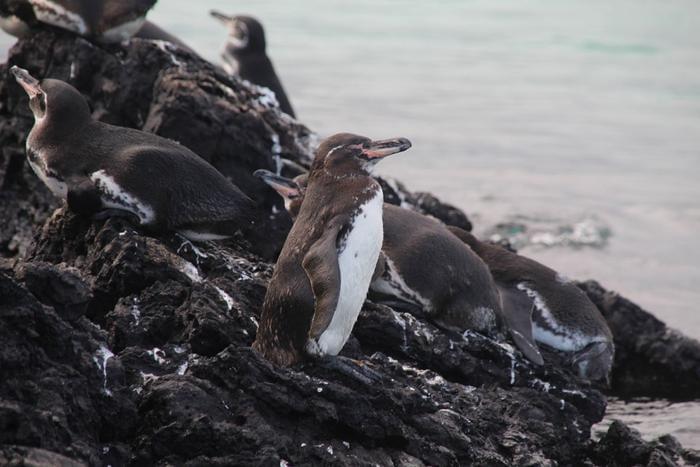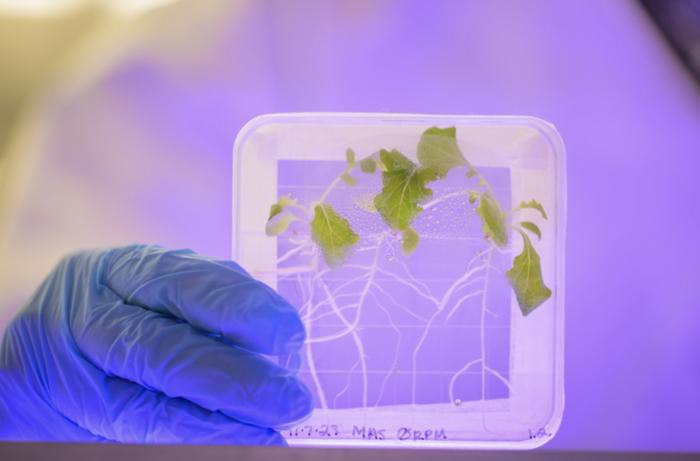Jan 27, 2024
How Will An AGING CURE Impact The Environment?
Posted by Montie Adkins in categories: biotech/medical, ethics, food, life extension
Mainly this is about vertical farming.
In this eye-opening video, we explore the complex Environmental Impacts of an Aging Cure, delving into how extending Human Lifespan and pursuing Longevity could reshape our planet. We investigate the potential for increased Population Growth, the challenges of Sustainability, and the implications for Resource Consumption. Our analysis covers the Ecological Footprint of a world where aging is a thing of the past, addressing both the ethical dilemmas and the potential for Biomedical Advances in Age-Related Research. As concerns about Overpopulation and the need for Renewable Resources come to the forefront, we examine Eco-friendly Technologies and their role in supporting an age-extended society. Join us in this critical discussion about the intersection of Environmental Ethics and the quest for Age Extension.
Continue reading “How Will An AGING CURE Impact The Environment?” »


















